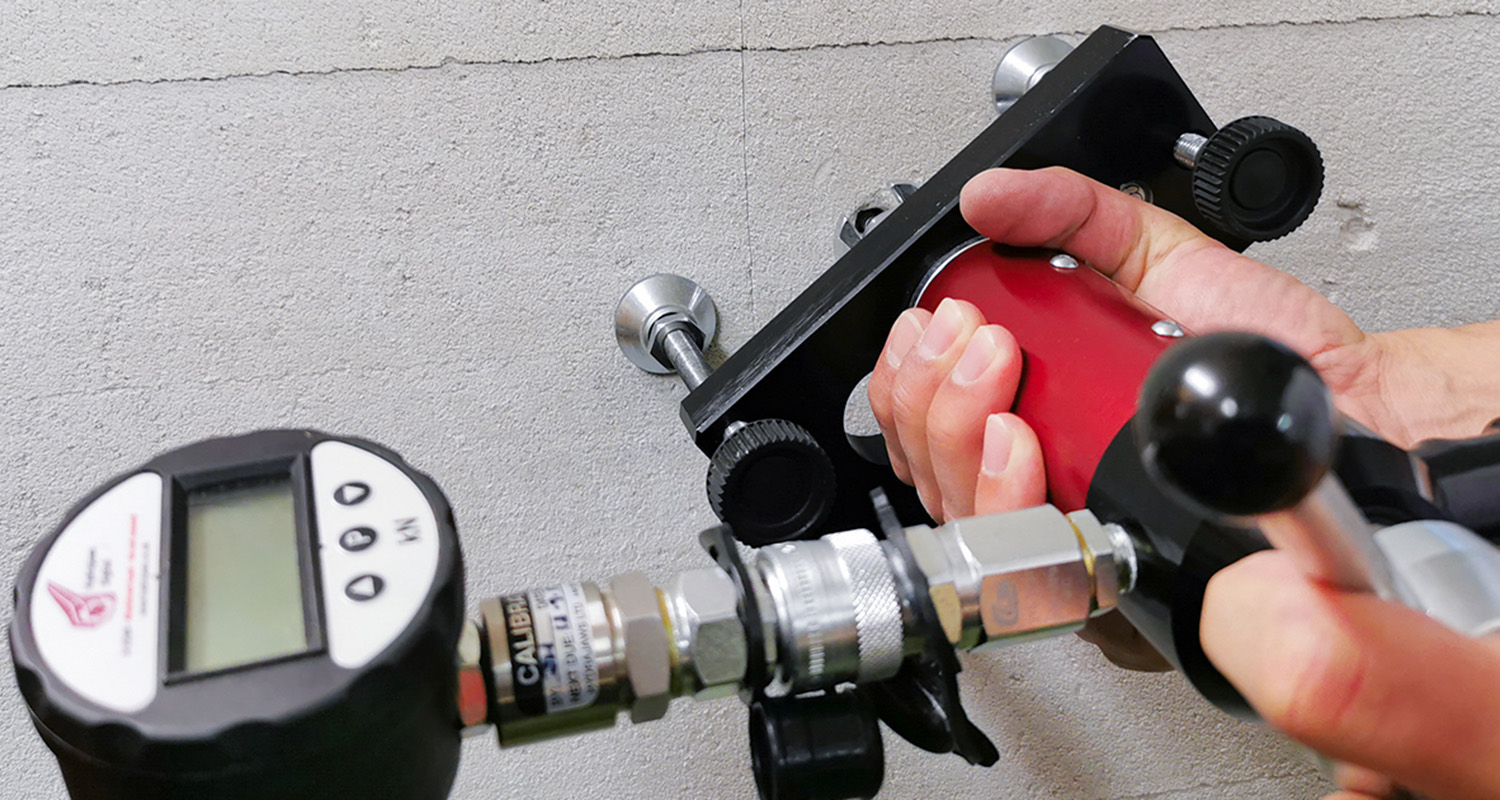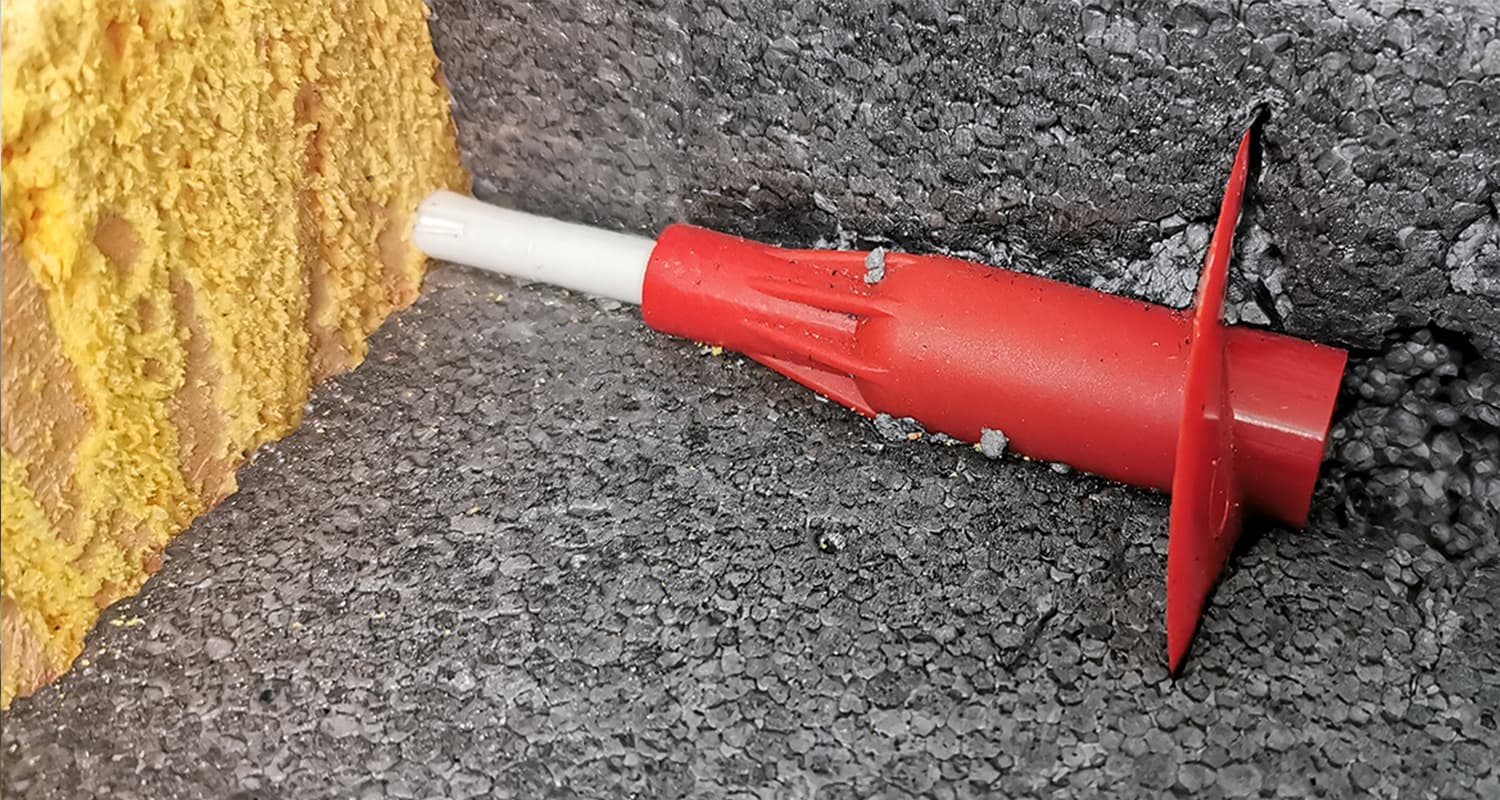Why calculate the number of dowels? The maximum amount is always sufficient. A well-calculated proof will only cost you. Wrong! It helps to save money in the insulation of facades. The saving potential can be up to three times the expense for an exact proof.
Wind can do plenty of damage to building envelopes and house walls. The wind load depends on the geographic location and the terrain but also on a building’s geometry. That’s why, in 2007, Germany introduced the wind load standard DIN 1055-4:2005-03 which takes these parameters into account. It also divides Germany up into four wind load zones. Switzerland and Austria have also introduced their own standards. This has consequences for the installation of external thermal insulation composite systems (ETICS).
The differentiating approach results in proofs and calculation methods, respectively: This allows for the determination of the exact number of dowels required for the thermal insulation of various façade parts.
The so-called simplified proof procedure differentiates between corner area (Zone A), edge area (Zone B) and centre area (Zone C). With wind load zone, building height and building layout as known parameters, a lump sum can be determined for building heights of up to 10m, 18m, and 25m, respectively.
Many ETICS companies make it even easier for themselves: They take into account only the wind load zone and building height figures that are available on the Internet, and consider the entire façade as a corner area. In other words, on each square metre they install the maximum number of dowels even though the edge area might easily do with a quarter less and the centre area even half.
A so-called exact proof may even increase the saving potential. To this end, wind load zone, building height and layout must also be known. However, it is not possible to come up with a lump sum for the building height. That would be included in the proof with its exact measure. An exact proof can be carried out with calculation programmes available from various suppliers.
The expenses caused by an exact proof pay off rather quickly: For a bigger building with a façade of roughly 5000 m2, savings can amount to three times the costing of the exact proof.
Author: Markus Fröwis



